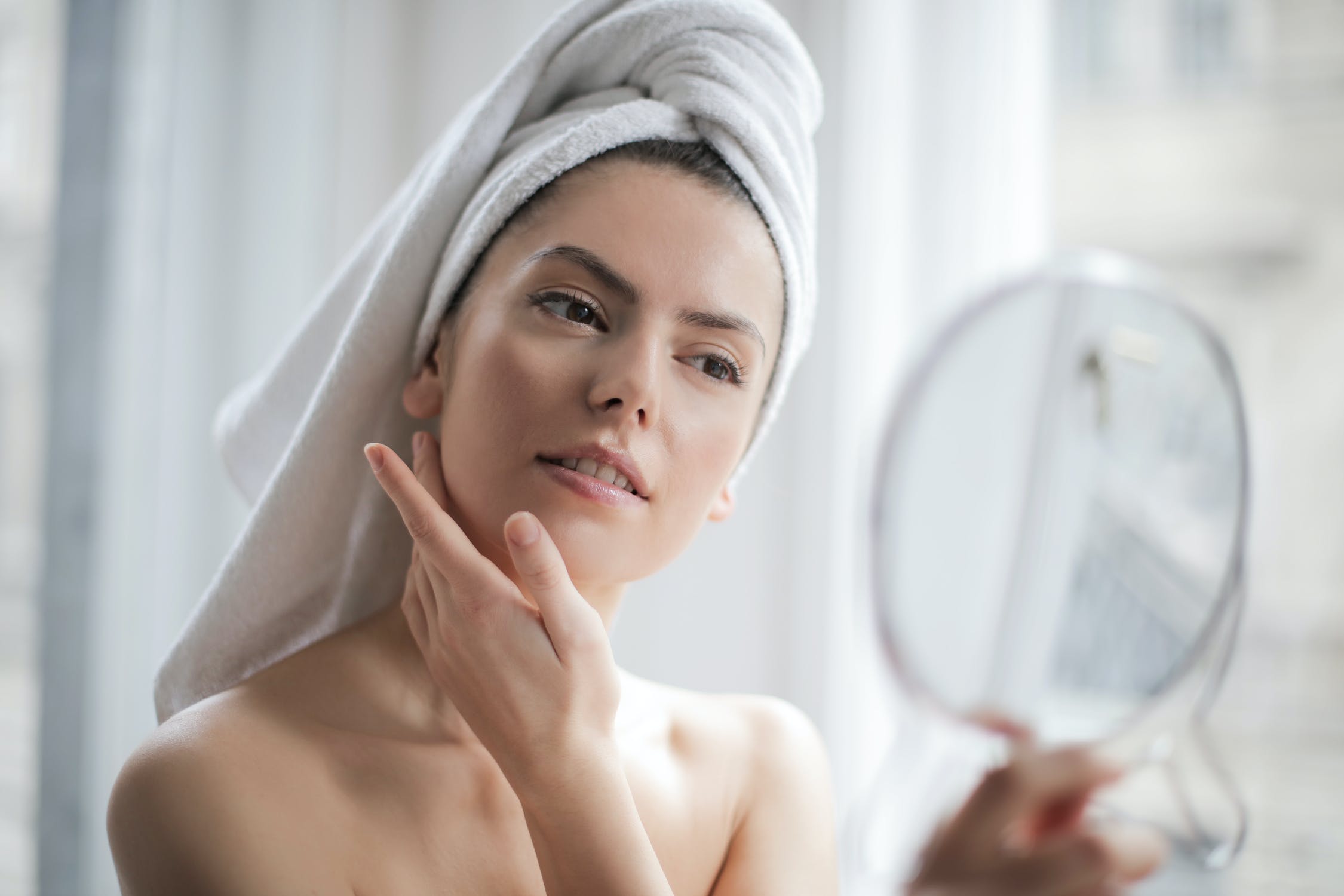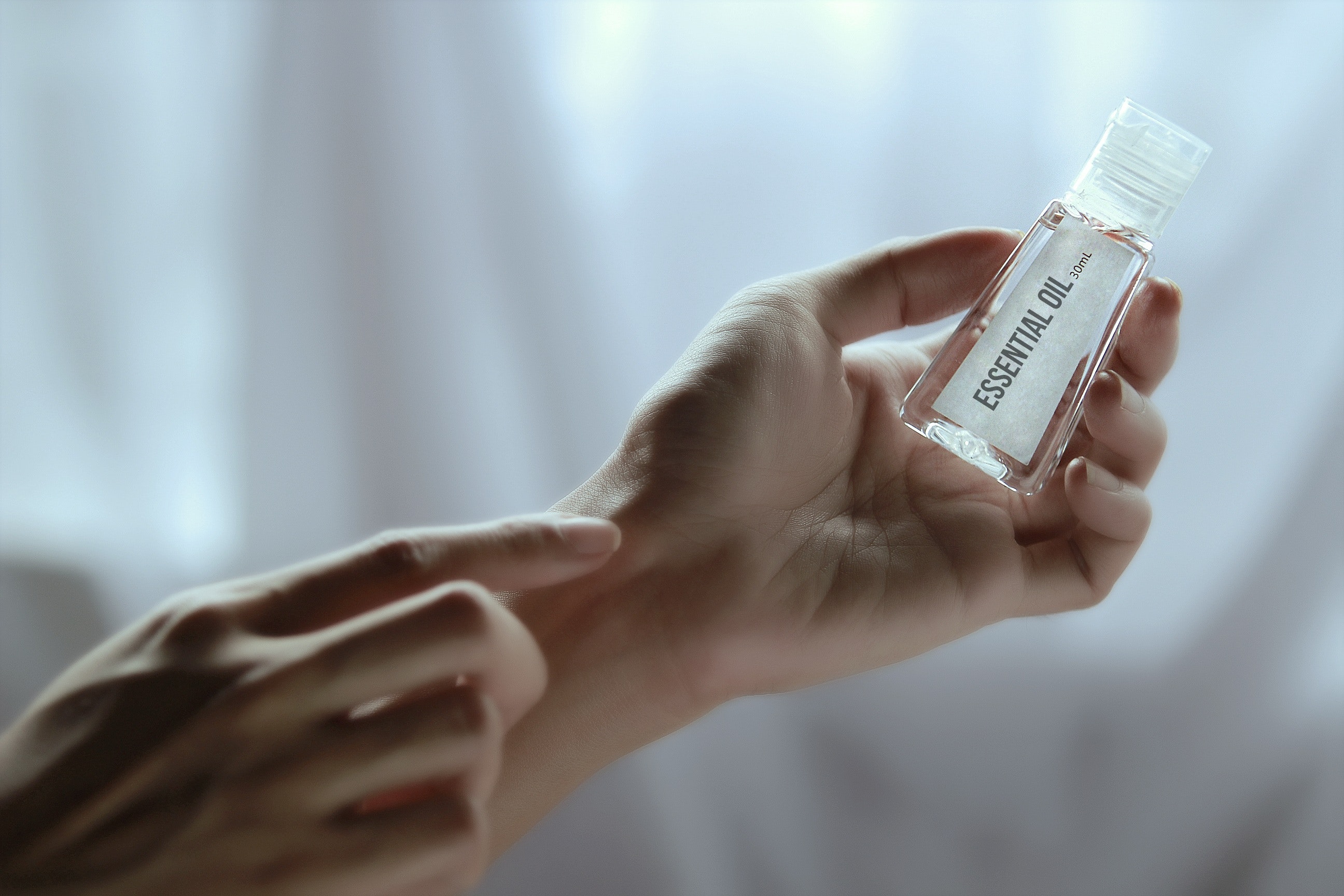Let’s establish something—skincare isn’t limited to the aesthetics of packaging, scents, and colour. It goes beyond. But beyond insinuates knowledge of jargon, and if you’re not well-versed with skincare, you’re likely to purchase a product that doesn’t fit the bill—or hurts your skin. Because, hey, if you’re acne-prone, and you’re not looking for formulas that are ‘non-comedogenic’, you’re digging a grave for yourself. Don’t know what ‘non-comedogenic’ means? That’s exactly why I’m here. I’ve put together a list of technical terms you must familiarise yourself with before you add anything to your wishlist. Remember that brands are looking to sell, and often, they embellish or manipulate their claims to fulfil that goal. Don’t let your naivety mislead your choices.
What Do These Terms Even Mean?
Non-Comedogenic
Let’s start off with this term. It sounds complex. But it’s not. A ‘non-comedogenic‘ tag indicates that a product is not likely to clog your pores. But what’s the point of it? See—ultimately, it’s pore-clogging that triggers flare-ups and breakouts on the skin—so if your skin is sensitive or acne-prone, it’s recommended to invest in products labelled ‘non-comedogenic’.
Hypoallergenic
It’s self-explanatory. Hypoallergenic means that a product isn’t likely to cause a reaction on your skin. Don’t misunderstand the meaning though—it doesn’t rule out the possibility of allergies. Just reduces the likelihood.

Waterproof/Sweatproof Sunscreen
Okay. There’s no such thing as waterproof or sweat-proof sunscreen. They don’t exist. Always look for a ‘water-resistant’ tag instead (this means your sunscreen will last for a certain amount of time in the water before you’re required to reapply the formula to sun-proof your skin), and steer clear of brands claiming their product is ‘sweat-proof’.
Broad-Spectrum
Always look for a sunscreen that’s ‘broad-spectrum’. A broad-spectrum formula will protect you from UVA rays as well as UVB rays. While UVB rays are associated with sunburn, UVA rays penetrate your skin more deeply, are linked to ageing (photo-ageing), and can cause your skin to turn brown-ish. And both of them can cause cancer—so you know you need all the protection you can get.
Dermatologist-Recommended/Approved
This isn’t the same as dermatologically-tested. A dermatologist can recommend a product without having tested it. And in many cases, they’re paid to endorse the product. It’s more of a marketing gimmick that has no real/legal definition. But keep in mind that, technically, the ‘tested’ label doesn’t necessarily mean that the product yielded no reaction/side effects, and is absolutely safe to use. A dermat has simply tested a product We don’t know anything beyond that (and often, they just do a patch-test on themselves or their clients)—so make sure you’re not basing your decision on just this factor.
Clinically-Tested
This means that a brand has had its products tested by a third-party lab to gauge their efficacy. This isn’t the same as clinically proven—the term is pretty deceptive because it deludes you into thinking that a proper trial has been conducted on large samples of the population to gauge the efficiency of the product. More often than not, this just means that the brand handed out the product to consumers as part of a poorly-conducted trial, and had them return with feedback. This doesn’t add up to much in terms of legitimate research.
Unscented
Unscented isn’t synonymous with fragrance-free. Though a product hasn’t been infused with aesthetically-pleasing scents, it can contain certain scents to neutralise/conceal any unpleasant odours—this is just to mask off-putting scents. So it’s not formulated without scents or chemicals.
Fragrance-Free
A fragrance-free product contains no natural or synthetic fragrances or scents at all—not even scents to conceal or mask any odour. But, yes, it can contain ingredients, like oils, that have inherent scents (you cannot really separate such a scent from an ingredient, right?)—just no added ones.

Cruelty-Free
A cruelty-free product is one that was formulated without any kind of testing on animals. But it’s not the same as a vegan. It can contain animal-derived ingredients or byproducts.
Vegan
This label infers that a product doesn’t contain any animal or animal-derived byproduct (this can include honey, beeswax, lanolin, and ingredients alike); but it doesn’t mean that it is chemical-free or cruelty-free. It could have been tested on animals. That’s why buying a product with both labels is ideal.
Organic
This term is highly-regulated. It doesn’t mean that an entire product is organic. It’s more about the way in which a product is assembled—how the product’s ingredients were cultivated, grown, and processed. Organic means that an ingredient has been cultivated without the intervention of artificial substances like synthetic fertilisers, pesticides, or herbicides. It’s safe to assume that an organic product is composed of 95% to 100% chemical-free ingredients. The idea is that organic farming is less disruptive to the environment, ecosystems, soils, and livelihoods.
Natural, Clean, And Green
These terms aren’t governed by one definition. They’re pretty subjective. It depends on how the brand interprets them. Natural, unlike organic, isn’t defined per se. And since it has no governing body overseeing the usage of the term, it can be employed in a brand’s U.S.P/marketing to trick you into thinking that the product is safe and sustainable. It just means that some or all of the ingredients making up a product are derived from animals, minerals, or plants; but these can be derived from organic as well as non-organic farms—which means that these ingredients can be highly-processed too. And just because they’re natural doesn’t mean they’re environmentally friendly. Squalane, for instance, is a skincare ingredient sourced from sharks.
The derivation of this ingredient contributes to shark-hunting even though it’s a naturally occurring element. Keep in mind that natural isn’t equivalent to non-irritating either: some fragrant essential oils can cause irritation on the skin. Green refers to products that are produced, sourced, and packaged in an environmentally-friendly way. Some companies use the term ‘green’ to characterise their packaging, and some use it to define their business practices. It has no standard definition. Clean is a looser term still. It generally refers to products that don’t contain toxic, harmful ingredients like parabens, sulphates, and fragrances—the point is to ensure that the ingredients, synthetic or natural, are ethically-sourced and safe to use.
That was quite the learning, wasn’t it?
Featured: Unsplash



